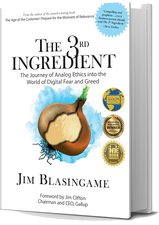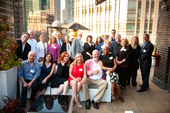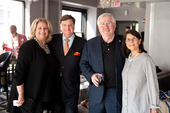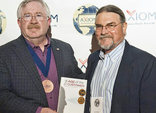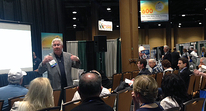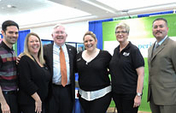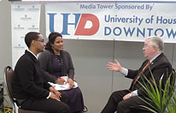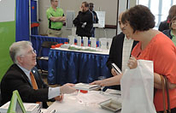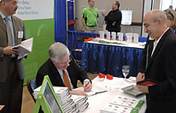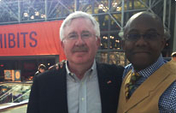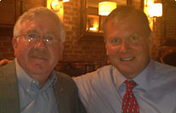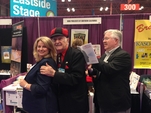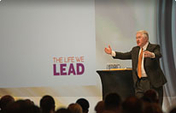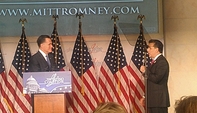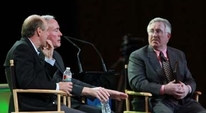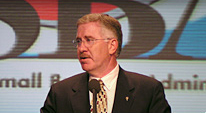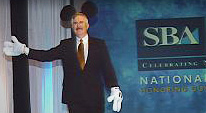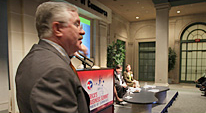When cause-and-effect met humanity

This is Jim’s traditional Thanksgiving column.
As the 17th century dawned, cause-and-effect was merging two parallel universes.
In the Old World, a group of Leiden Separatists was making decisions that would put them on a circuitous journey. Meanwhile, in the New World, a manchild named Tisquantum was born to the Patuxet tribe of the Wampanoag Indians.
Both the Separatists and Tisquantum became very important to the future of mankind, but not before their lives would change and intertwine in ways not to be imagined by the inhabitants of either world.
In search of religious freedom, the Separatists crisscrossed Europe and then the Atlantic Ocean. On their odyssey, these unlikely explorers would steel their convictions, which would prove handy in the New World.
Incredibly, twice as a hostage and later as an interpreter, Tisquantum crossed the Atlantic six times. On his odyssey, this unlikely world-traveler learned Old World languages that, combined with his New World survival skills, would contribute to his rendezvous with destiny.
During their journeys, both experienced a name change: The Leiden Separatists became known as the Pilgrims and Tisquantum became Squanto. And as the Pilgrims prepared for their first Atlantic crossing, Squanto was making his last.
Arriving back at his birthplace in 1619, Squanto made the shocking discovery that his entire family and village had been wiped out by a 1617 epidemic. On the day after Christmas, 1620, with the Mayflower Compact in hand, the Pilgrims came ashore at what is now Massachusetts. They named their new home Plymouth, after the English city where their voyage originated.
The Pilgrims’ first winter in the New World was brutal; less than half of the 102 colonists survived to spring. Then on March 16th, an Indian named Samoset walked up to the Pilgrims and said, “Hello, English.” Very soon he recognized that these sad-looking folks needed help from someone who spoke better English.
As the two universes finally converged, cause-and-effect met humanity when Samoset brought Squanto to meet the “English.” In one of the great moments in the annals of serendipity, it turns out that the Pilgrims had established Plymouth on the very spot of Squanto’s ill-fated village.
Squanto spent the rest of 1621 befriending the Pilgrims and teaching them how to survive in the New World. History reports that his contribution was critical to the survival of these important American forebears.
When the courage and convictions of one group of individuals converged with the humanity of two others, something special happened: A critical part of the foundation of the most benevolent nation in history was born.
This week, we give thanks for the contribution of these individuals and the blessings that followed and accrue to us 398 years later.
Write this on a rock ... Individuals demonstrating the best traits of humanity can make a difference. Happy Thanksgiving.
Jim Blasingame is the author of The 3rd Ingredient, the Journey of Analog Ethics into the World of Digital Fear and Greed.
